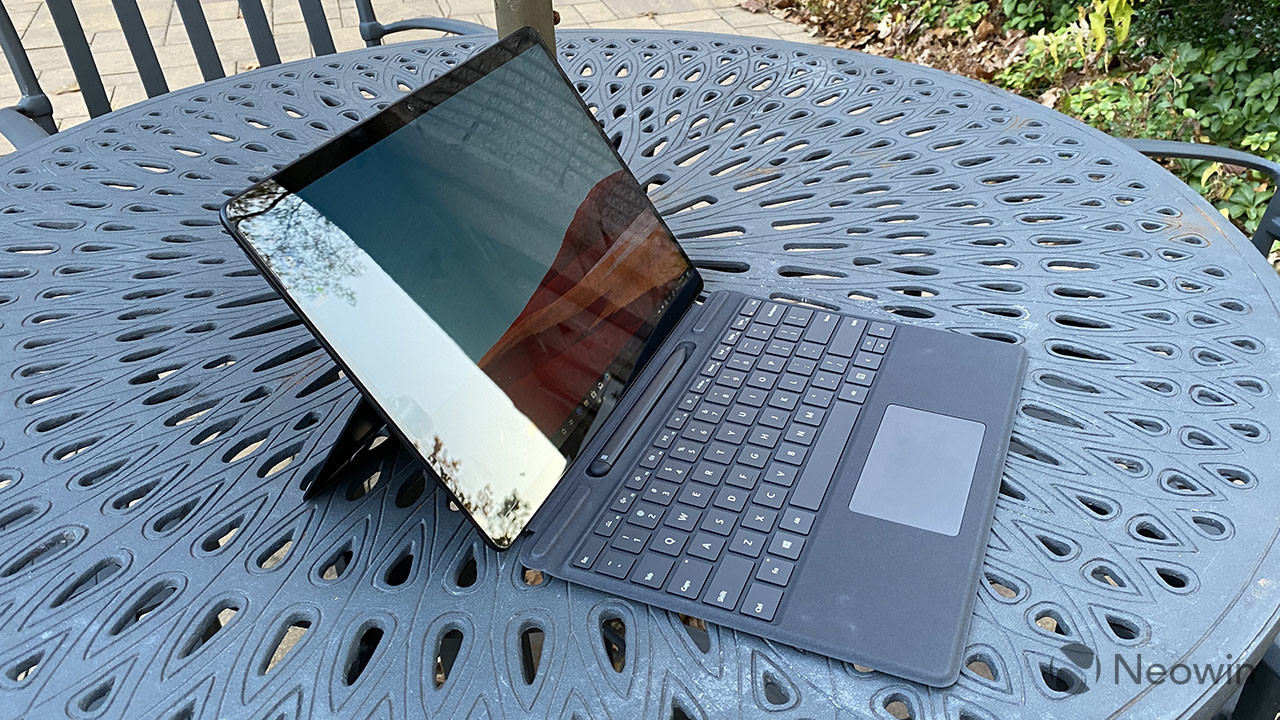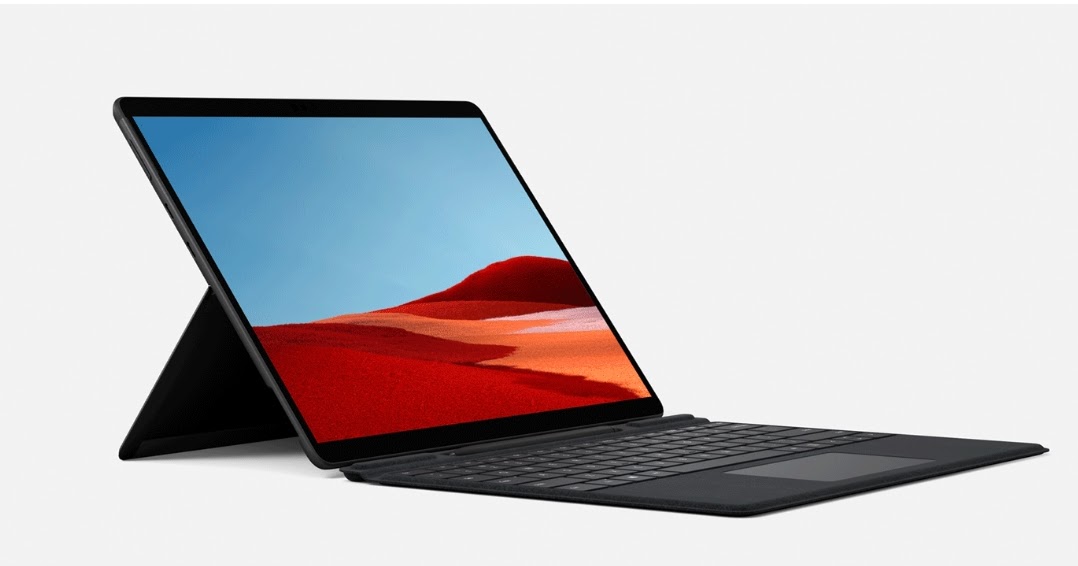

The SQ1 includes dedicated hardware: the fourth-generation AI Engine also used in the flagship Snapdragon 855 processor, Qualcomm said. That's especially the case when it comes to the critical Windows DirectX drivers, software that apps use to control the graphics hardware, he said. "Qualcomm's GPU can run Windows, but it's weaker than Intel, AMD and Nvidia graphics," he said. "Microsoft wanted a truly mobile experience, from long battery life to rich displays to LTE connectivity and of course to be 'instant on' like a smartphone."īoosting graphics performance is a good idea, said Real World Tech analyst David Kanter. "The GPU and its cores were optimized for Surface Pro X specifically to enhance the performance and user experience for graphics-rich applications," Qualcomm said. For one thing, the graphics processing unit (GPU) is different. The SQ1 is based on Qualcomm's mainstream offering for PCs, the Snapdragon 8cx, Qualcomm said, but it's not the same chip you'll see in 8cx-based laptops. "It suggests unique capabilities and it allows Microsoft to avoid direct comparisons with other Qualcomm-based products," the Arm-based laptops available from companies like The move is "really smart," said Techsponential analyst Avi Greengart. Microsoft also shared the love with perennial Intel rival AMD, picking its mobile Ryzen chip for the 15-inch Surface Laptop 3. Indeed, two new Surface designs rely on Intel chips - the Ice Lake chip for premium laptops this year, like the 13-inch Surface Laptop 3, and the Lakefield chip for next year's more exotic dual-screen Surface Neo that's something like a folding tablet. Microsoft is hardly abandoning Intel, its business partner for decades. That older model Microsoft laptop uses an Intel eighth-generation Core processor. ," Microsoft Chief Product Officer Panos Panay said at the event. "This product has three times more performance per watt than the

And Microsoft preferred to focus on efficiency, not raw performance, when comparing the Surface Pro X to its Intel-powered Surface Pro 6.

The graphics performance is twice that of the eighth-generation Intel Core processor from two years ago or of last year's Qualcomm 850 smartphone chip, Qualcomm said. The companies didn't share many performance specifics, though.


 0 kommentar(er)
0 kommentar(er)
